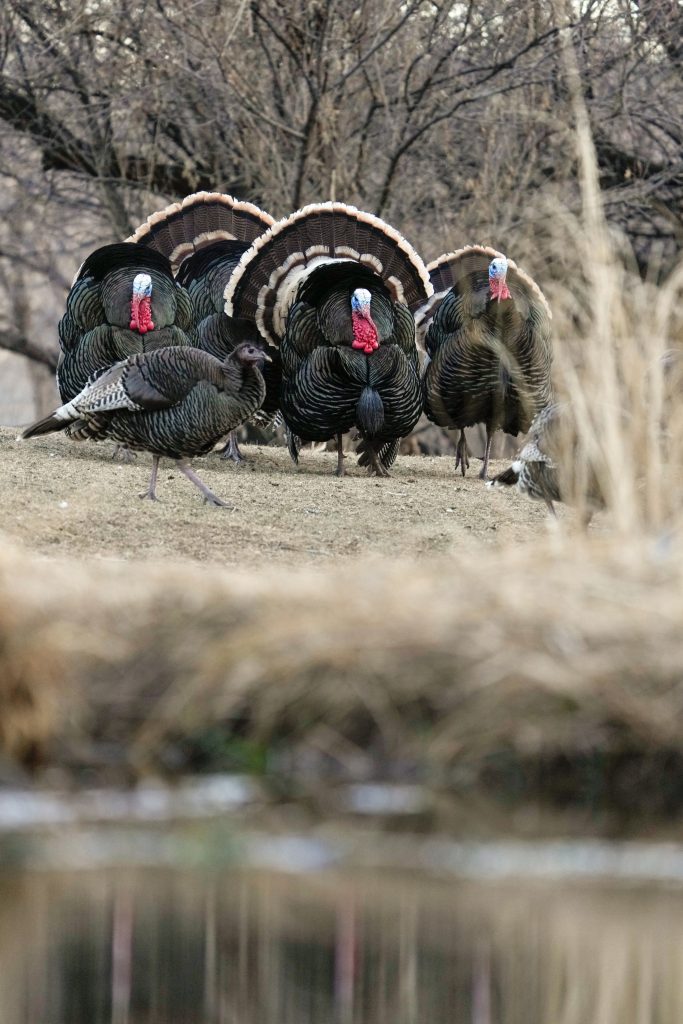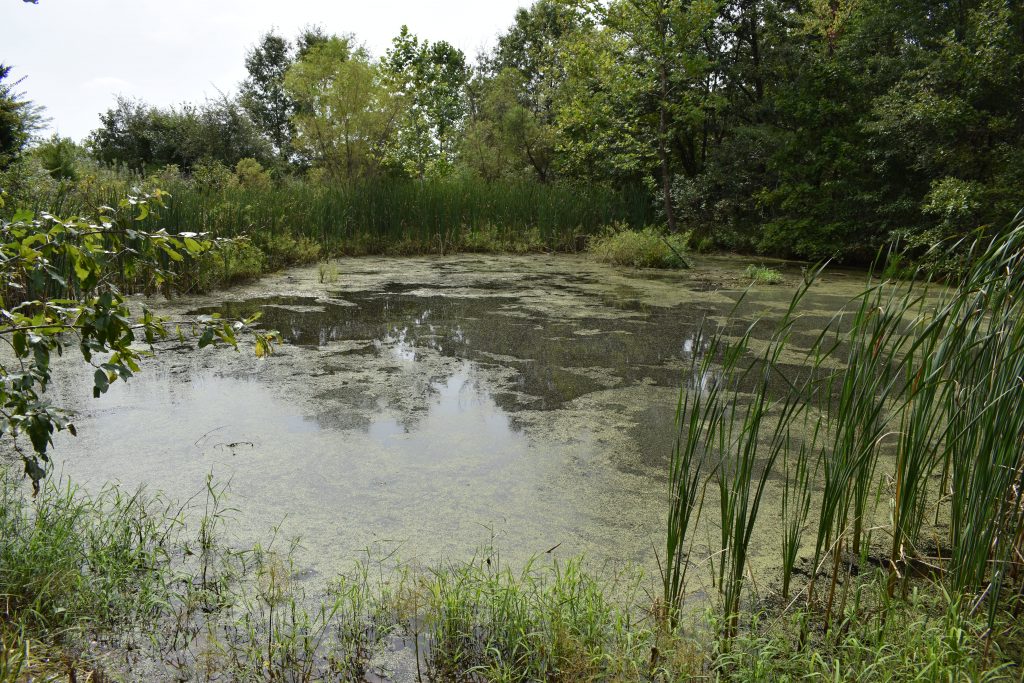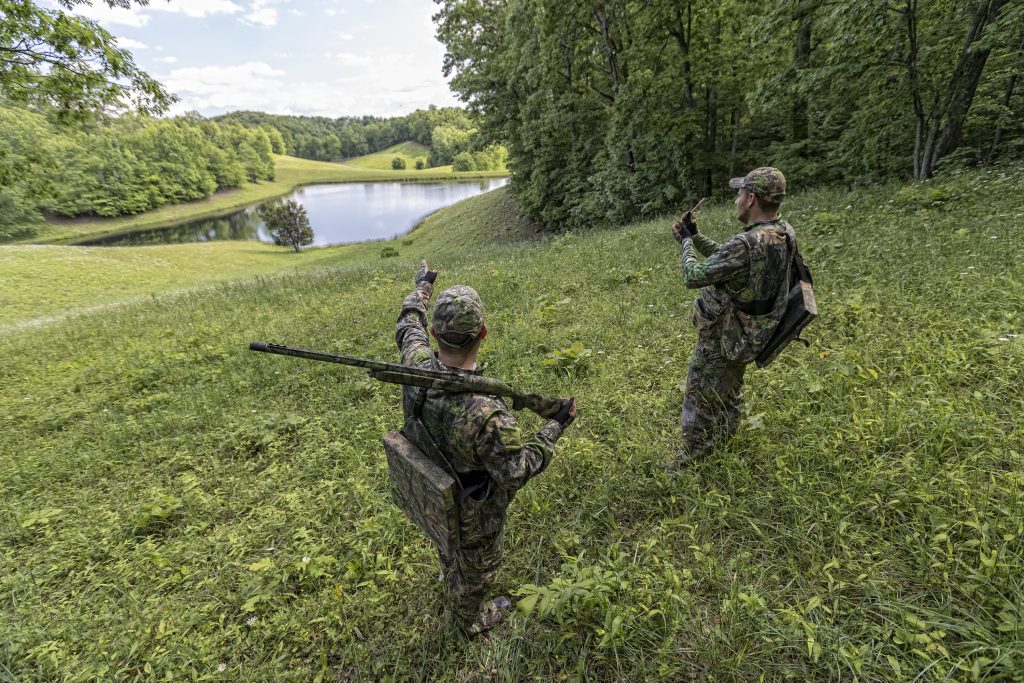Attract and Hold Wildlife with a Steady Water Source
Landowners spend a lot of time and money improving their properties to create better habitats and attract and hold wildlife. Food plots and mineral sites provide year-round sources of nutrition. Areas with mixed cover are important for nesting activities and providing areas where animals and birds can feel safe from predators. Perhaps most essential, though, is a reliable water source.

Without it, animals may pass through, but they will continue to move on to find water.
If your property or hunting lease doesn’t have a reliable source of water, several options are available to address the situation. Building a pond is the tactic most landowners employ. Properly constructed ponds can provide water year-round for local wildlife, as well as provide recreational opportunities if you build a big enough body of water.
A pond requires careful planning before and during the construction process. First, find a reputable contractor who specializes in pond construction. Before any digging begins, a quality contractor will help identify optimal sites, ensuring there is sufficient drainage to the location, with adequate precipitation runoff to both complete the initial fill and then keep the pond full in the future.
Soil testing is also essential to ensure the pond will hold water. Clay soil is ideal, but if you have sandy or rocky soil it may be necessary to bring in loads of clay or other materials to line the pond. This can increase the initial cost of the project, but it is better than facing the ongoing problems of a leaking pond. Experienced professionals can help you fix any potential problems during construction, eliminating or reducing future maintenance costs.
If you are fortunate enough to have a pond or a stream on your property, but want to make improvements, state or local regulations typically dictate what you can do. For example, most states have restrictions on making changes to existing streams or waterways, such as building dams or diverting water, even on private property.


Protecting riparian areas along streams is another objective, and landowners can help their stream provide clean water by planting native trees and grasses along the stream banks to prevent erosion and absorb runoff.
Your contractor should be able to offer advice about navigating regulations and laws. And governmental agencies engaged in natural resources or environmental activities often have land resource managers who can help figure out the best, most appropriate course of action, whether you’re trying to create a water source from scratch or wanting to enhance an existing resource.
Building a pond that will provide a continuous water source can run anywhere from a few thousand dollars for small projects to upwards of $100,000 (or more) for larger impoundments.
If you have a stream or wetlands on the property, funding may be available through some USDA programs. The Environmental Quality Incentives Program (EQIP) offers grants and loans to facilitate stream stabilization and water quality improvements. Funding for a pond can come from conventional loans, with the land as collateral. In the case of joint ownership, such as a hunting club-owned property, pooled resources may be the solution. Loans from the USDA are also available on a limited basis if the ground is used for agricultural and livestock farming.
Creating or improving water sources on your property is an investment that can return hunting, fishing and recreational dividends for generations to come.
CONNECT WITH US
National Wild Turkey Federation
770 Augusta Road, Edgefield, SC 29824
(800) 843-6983
National Wild Turkey Federation. All rights reserved.